Types and varieties of walnuts
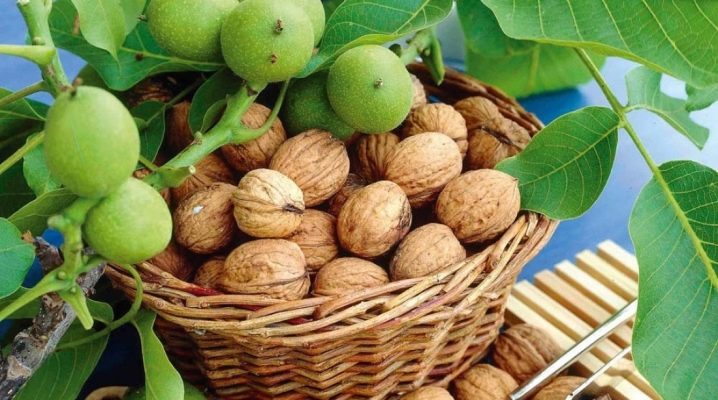
Types and varieties of walnuts are several dozen masterpieces of domestic and foreign selection with their own individual characteristics and biological properties. Gardeners can choose a tree variety according to their priorities. Frost-resistant and productive can be grown in the middle lane, while in the south it is better to choose high-yielding hybrids or natural varieties that have no obstacles to development in a fertile climate.
Dwarf varieties are an excellent solution for owners of small backyards or summer cottages.
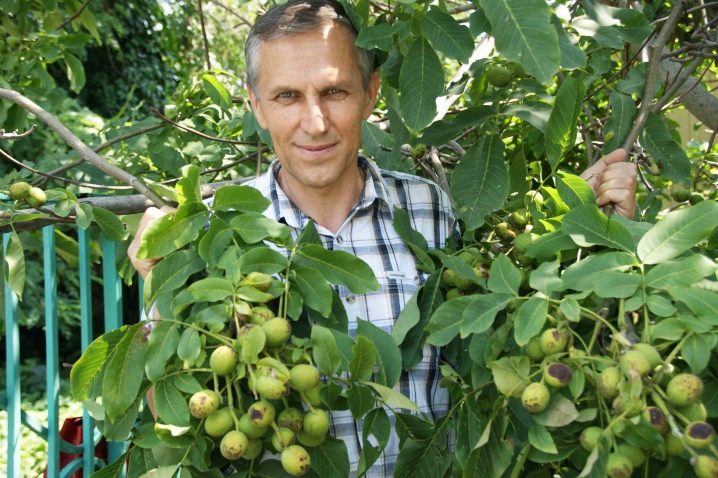
Overview of large varieties
Relict groves of nuts in the post-Soviet space can be found only in Moldova, Kyrgyzstan and Turkmenistan. This gives a rough idea of the zone of distribution of the plant before the beginning of human cultivation. Natural varieties have no resistance to severe frosts and low winter temperatures. Presenting the description of varieties to gardeners, incompetent authors confuse large and large-fruited species, but these are different characteristics of the culture: large trees are distinguished by high growth, massiveness, the ability to bear fruit for a long time.
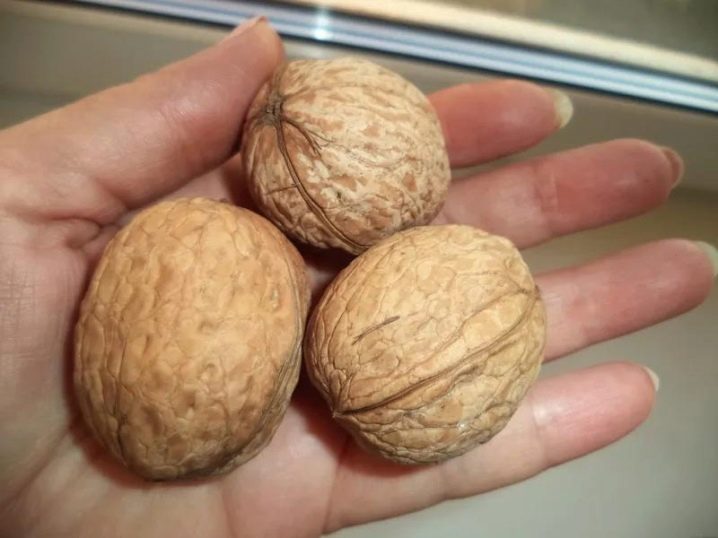
Breeding work allowed them to give them other features: a rounded, not spreading crown, frost resistance, kernels in a thin shell, resistance to common diseases of the species. They can bear large fruits and also belong to the large-fruited category. Hybrids begin to bear fruit at different times. And this is also one of the criteria that must be taken into account when choosing. Now let's look at some interesting subspecies of the nut.
- "Bukovina bomb" - a tall tree with stable, but not record-breaking fruiting (up to 45 kg annually). The first flowering usually occurs only in the sixth year after planting.
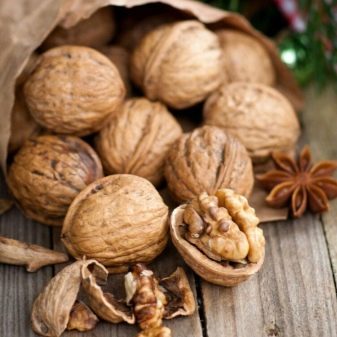

- The variety with the eloquent name "Giant" grows up to 6-7 m, but is considered to be of medium height. It is resistant to drought and frost, blooms in May, and bears fruit only in early October. According to various sources, it gives nuts up to 7 cm long and weighing up to 35 g, but only after reaching a certain age. Productivity - up to 40 kg, it can be increased by proper agricultural technology. This variety is recommended for landscaping due to its dense and compact crown.
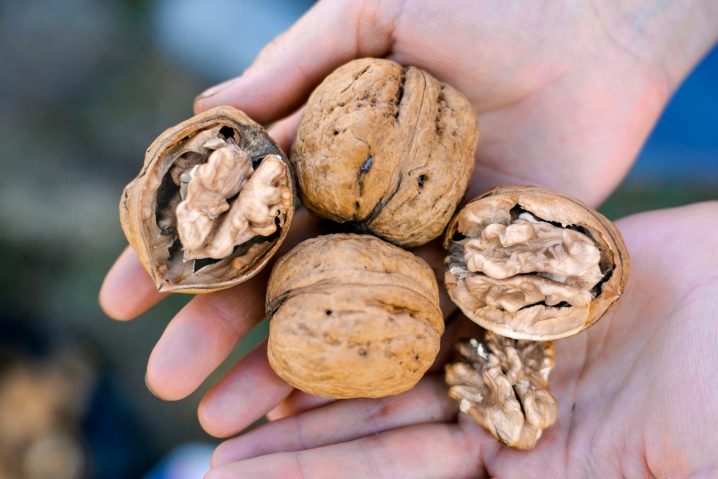
- "Memory of Minov" with spreading foliage and branches, it belongs to thin-bored table varieties that ripen at the end of the first autumn month. Yields up to 90 kg of beautiful fruits with a high oil content. In the fifth year, the first flowering begins, at 7 you can already harvest a full harvest.
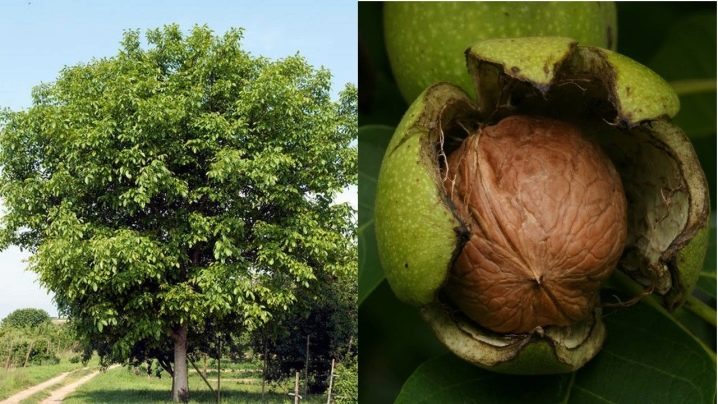
- Krasnodarets - a relatively new variety that is undergoing state testing. This is a tall tree with an abundant crown that requires periodic thinning. At the end of September, after 4 years, you can start collecting a stable harvest. Indicators are not very high (20-25 kg), but the taste is great. The variety tolerates drought calmly.
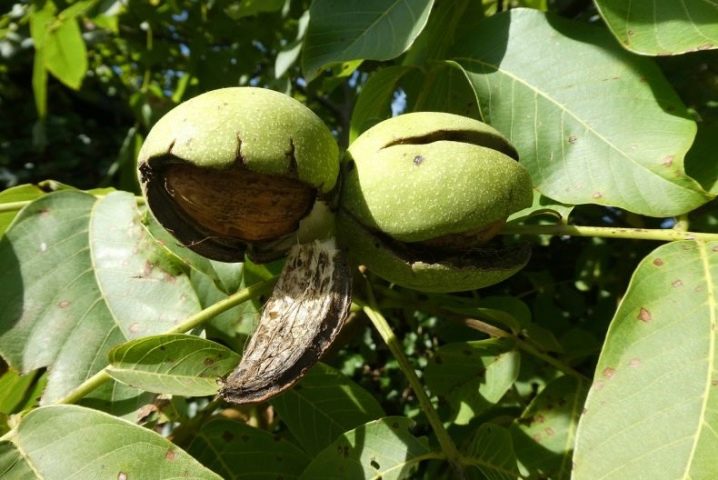
Residents of the Moscow region and regions with similar climatic conditions can be recommended another new variety - Astakhovsky... It has two small disadvantages: late fruiting (by 6-7 years) and tallness - it reaches 10 m.However, it also has many advantages: early ripening (mid-September), good yield (40 kg or more), excellent immunity and the ability to calmly tolerate temperatures down to -35 degrees.
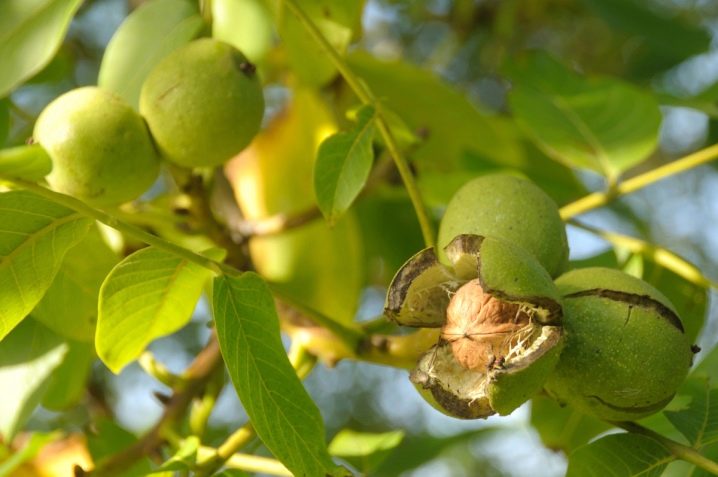
Dwarf walnuts
An excellent solution for those who have recently engaged in agricultural activities or have an undeveloped land plot near a new building or a country mansion. Low-growing trees can be planted at a distance of three meters. Applying the correct agricultural techniques, you can harvest your first crop in three years. Varieties are adapted for a denser planting on a hectare, unpretentious in care, suitable for growing in the south and in central Russia, but their yield is invariably excellent, and the kernel density in the shell is significant. Here are some interesting varieties.
- "Kocherzhenko" - a variety bred in Soviet times by a Ukrainian breeder and named after his last name. Its uniqueness lies in its short stature and early maturity. Flowering can be even in the first year of life, the fruits are large, with 55% filling of a thin shell. Almost every small-bore dwarf can easily tolerate low temperatures and can be grown in different climatic zones.
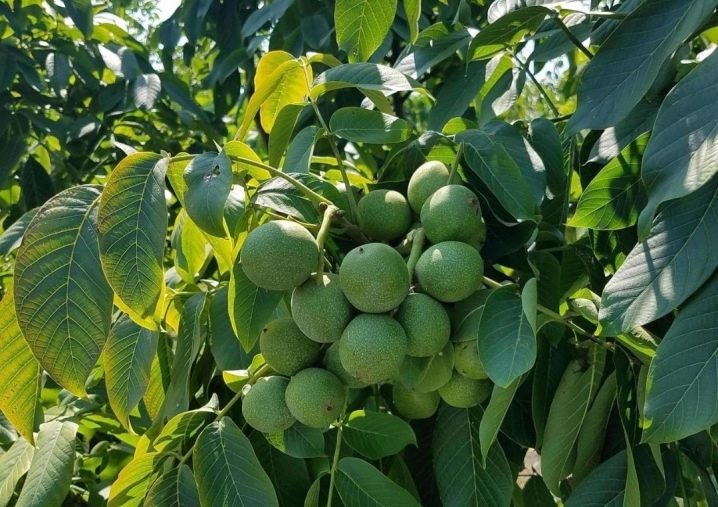
- "Ideal". The name does not exaggerate the characteristics of the undersized variety. The variety is early-growing, with amazing properties (there are some ovaries even on an annual tree with sweet kernels and fruit weighing up to 10 g). It perfectly tolerates winter with a temperature of no more than 40 frost, but drought, as well as heat, does not frighten him. The maximum weight of a nut is noted at 50 g. Up to 120 kg of nuts are harvested from one adult tree.

- "Dessert". It grows no higher than 3 m, has thin-barked fruits reaching 13 g. It is resistant to drought, but does not tolerate frosts, although it ripens early. Unfortunately, it can only be grown in regions with a mild climate: the name is given for the exceptional taste and excellent presentation of ripe fruits.
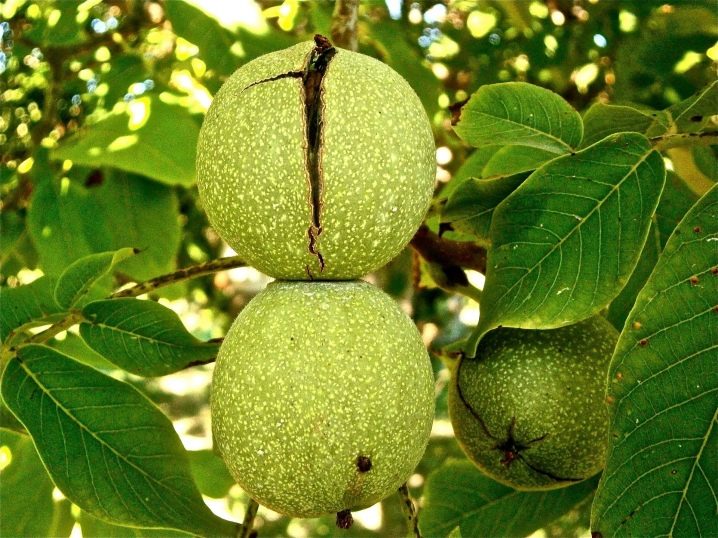
For those who want to get high yields and not shade the garden plot at the same time, we can recommend grade "Trophy"... This is a moderately medium-sized (up to 5 m in height) subspecies, which begins full fruiting already for 2-3 years. It gives up to 130 kg from one mature tree. They note the unique creamy nutty taste of large kernels, a thin shell, which is easily pricked and separates perfectly when cleaning.
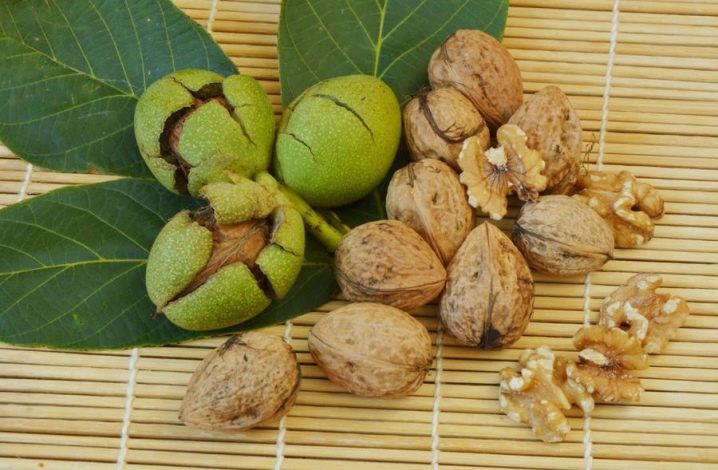
Frost-resistant and early-growing varieties
This definition includes both high and dwarf varieties, bred by breeders in order to give them useful features. I. Michurin started this useful work. On the territory of Russia, there are more than 20 varieties of walnuts that are resistant to cold winters.
- "Levina" - a variety with excellent regenerative abilities, fruiting for 2-3 years. The fruits weigh up to 15 g, and the shell, according to gardeners, simply breaks with your fingers.

- "Kocherzhenko" unpretentious to weather conditions, tolerates 35-degree frosts.
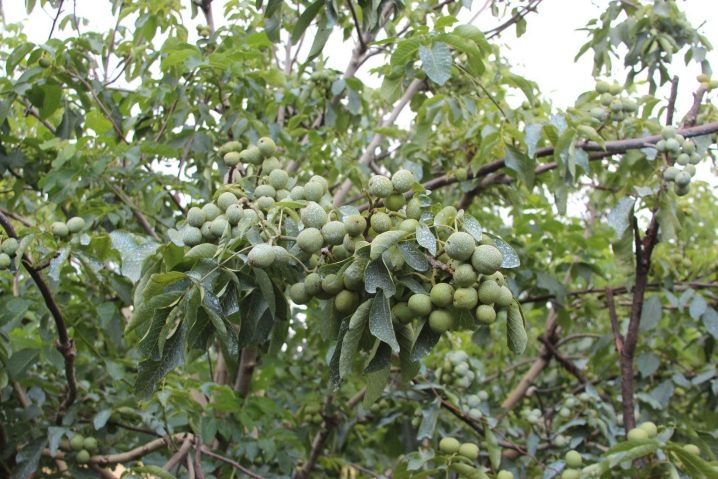
- Hybrid "Ideal", "Ivan Bagryany", unlike the source, it tolerates cold well, its kernel is sweet, but the yield is 20-30 kg per tree.
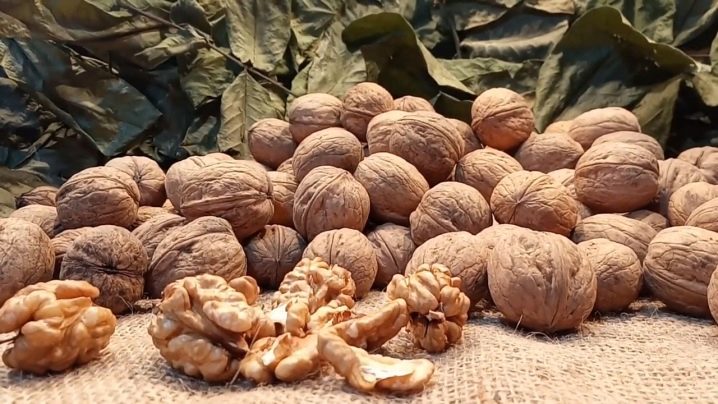
Early-growing nuts can be planted for industrial breeding. These include "Astakhovsky", it is not afraid of recurrent and early frosts and gives sweet nuts weighing up to 27-30 g. The seedlings will have to be covered for the winter, but then it is no longer required.
Fruit lovers note its sweet taste and abundant oil content.
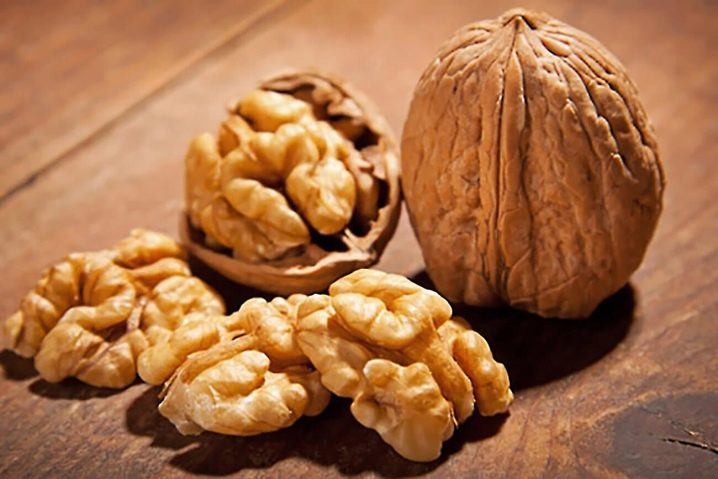
Lateral varieties
"Chandler", bred in California, is named after its author. It is a medium-sized variety that grows up to 7 m in height. Fruits are not only on the top, but also on young shoots. At an early age, it gives up to 35 kg, at a mature age - 2 times more.

Other great options can be found in the proposals:
- "Peschansky" - frost- and drought-resistant nut with an oily light kernel;
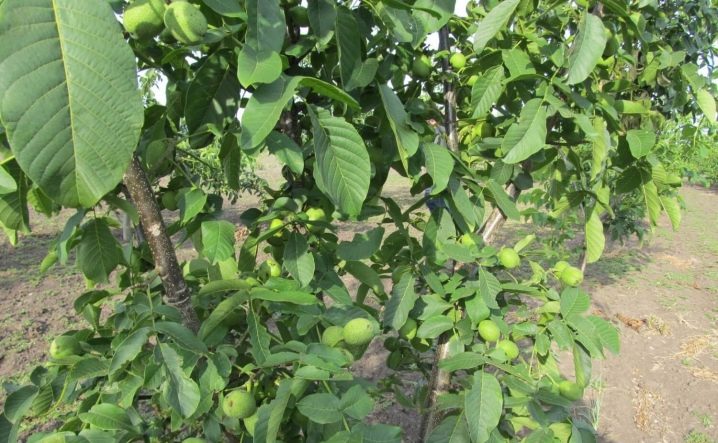
- medium-high "Vasion" has excellent immunity, large fruits, excellent harvest performance and immunity to frosts down to -30;
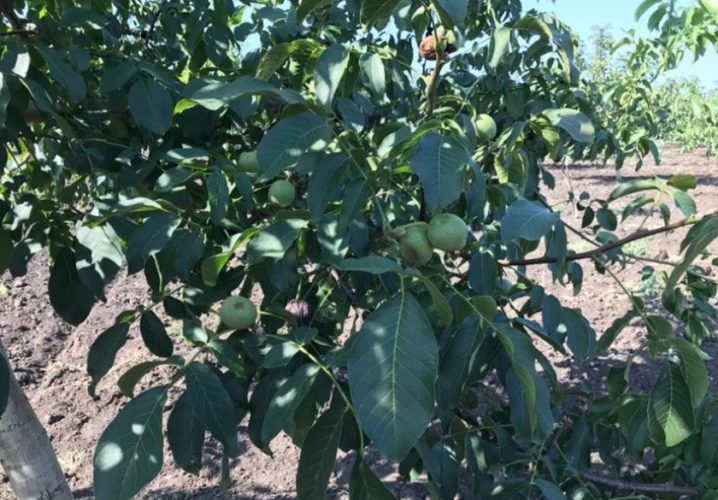
- twin varieties "Taisiya" and "Timofey" inter-pollinated, differ from the rest in a pleasant taste, excellent harvest and resistance to unfavorable climates.
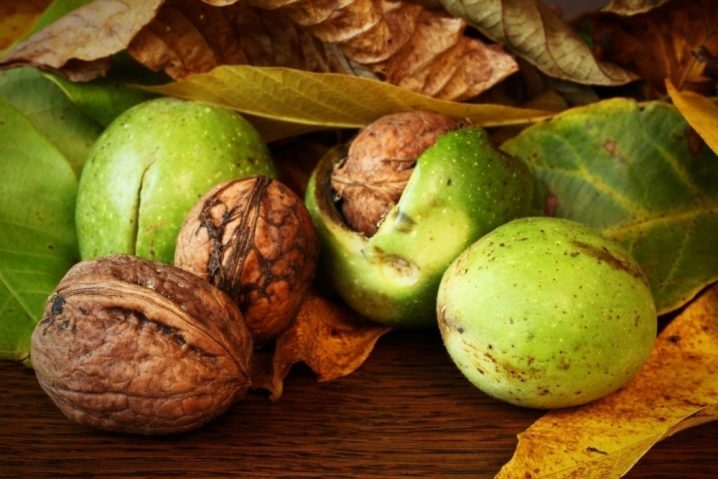
It is easy to find seedlings of this type in Russian nurseries, they are in high demand, and this is understandable. In favor of this choice - yield, early fruiting, drought resistance, high immunity, transportability and keeping quality of fruits. Russia, as the successor to the Soviet Union, still belongs to the countries where walnuts are cultivated. Ample opportunities for this were given by the fruits of selection of gardeners in Siberia and the Urals, Krasnodar Territory and Crimea, as well as the work of Belarusian, Ukrainian breeders.
Which variety to choose based on the region?
Even the best nuts are not always optimal for growing in certain climates. Breeders from the Urals and Siberia have developed varieties that are most suitable for the harsh climate. And in such regions it is better to plant a winter-hardy nut that can recover after the destructive effect of the cold.
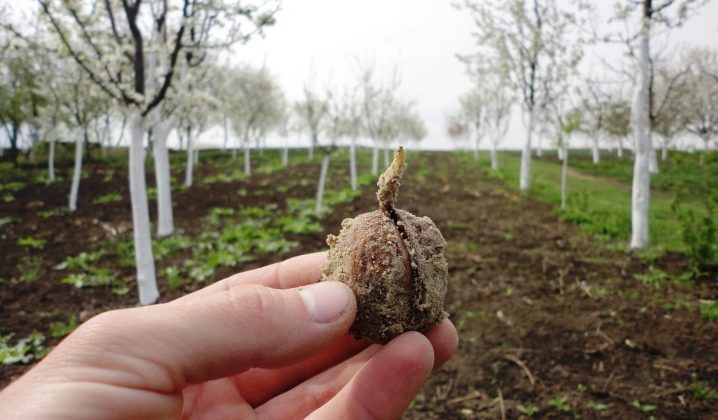
For Siberia, "Astakhovsky" is suitable with two flowering times, which is especially useful where frosts can be in summer.
In the Urals, the fast-growing "Levina" will come in handy, already for the fourth year giving real bunches of nuts with a thin shell and excellent taste. The small size of the fruit is overlapped by immunity and disease resistance. In the southern regions and in the North Caucasus, you can simply choose a fruitful variety, choosing not by the size of the fruit, but by the overall yield.
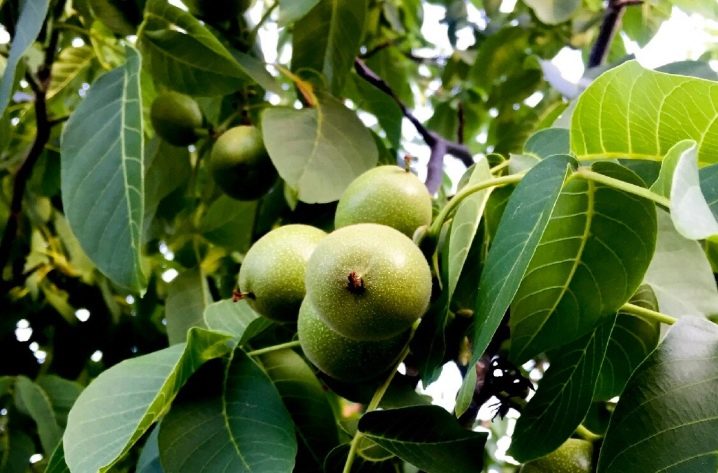
For cultivation in Belarus, you can use "Samokhvalovichsky-2", which is frost-resistant and gives up to a dozen nuts in a bunch. It can also be recommended for the Leningrad Region. All plants need a pollinator, so you need to plant 2-3 trees of the same or related species at once.
You should not rely on assurances that the variety is self-fertile: nuts have male and female flowers, so they need pollination.
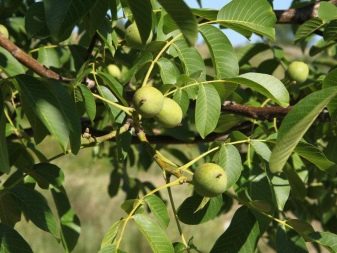
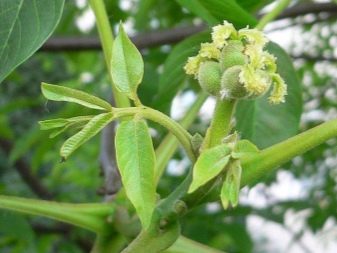
For Moscow region
The rating of walnut varieties suitable for these climatic conditions is extensive and can number up to two dozen positions. It is headed by the following options.
- "Ideal", in which not only the tree is resistant to frost, but also the buds, undersized, high-yielding, with the simultaneous flowering of male and female flowers;
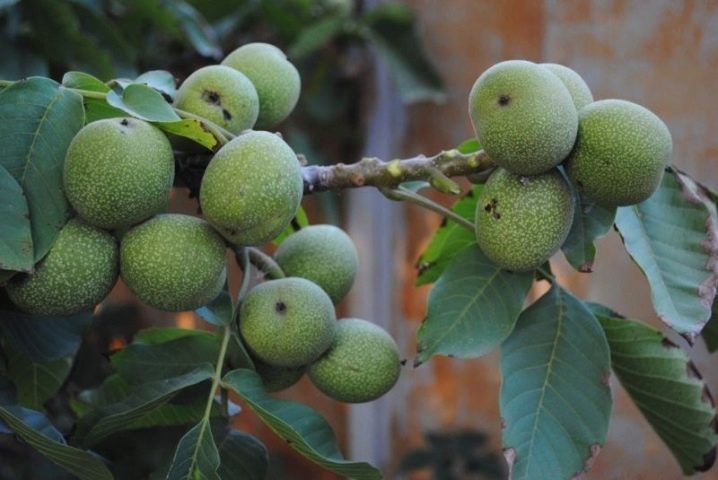
- "Sadko" - also short and fast-growing, with thin shells and large clusters, created especially for the capital region;

- "Harvest", not requiring special recommendations, yielding up to 25 kg of nuts with excellent taste, stable, fast-growing.
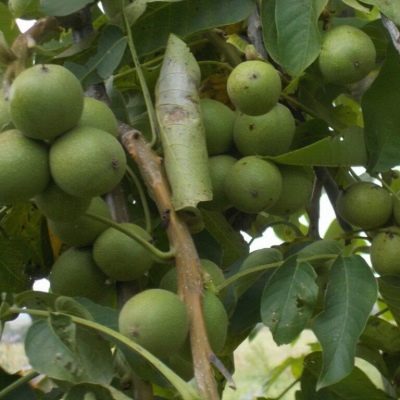
This does not mean that there are no other candidates for landing in the Moscow region. A lot of them: early "Levina", "Giant", "Astakhovsky" and "Kocherzhenko", some other hybrids of Siberian and Belarusian selection.
For Krasnodar Territory
The gardener has an unlimited choice at his disposal, so you need to turn to only the most effective and productive species, zoned for the Kuban or Crimean selection.
Among the best varieties are noted:
- "Dawn of the East"blooming already in April, with a yield of 24-26 kg, excellent taste;
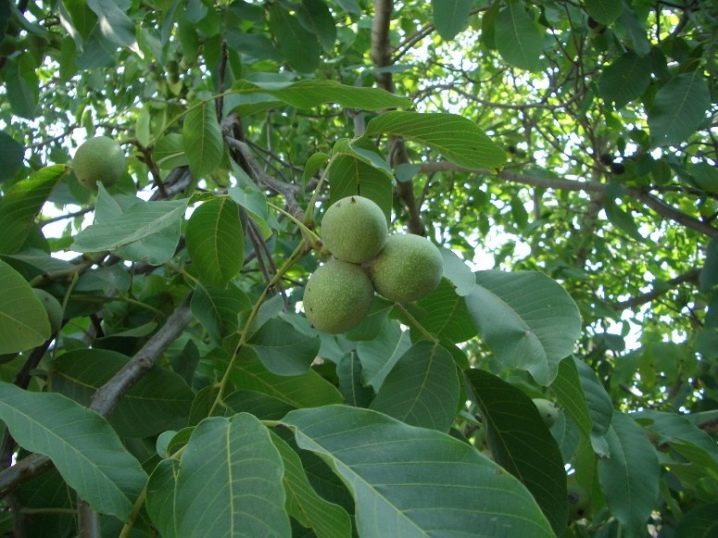
- nuts "Graceful" and "Five-Year Plan" with average winter hardiness and productivity, but with fruits that are in demand from the consumer;
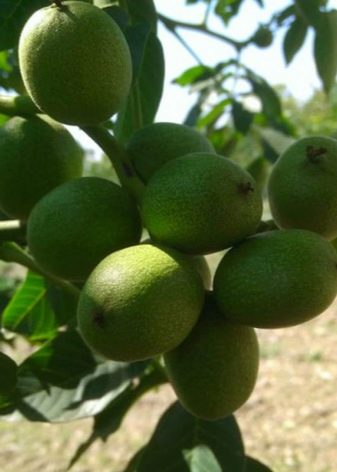
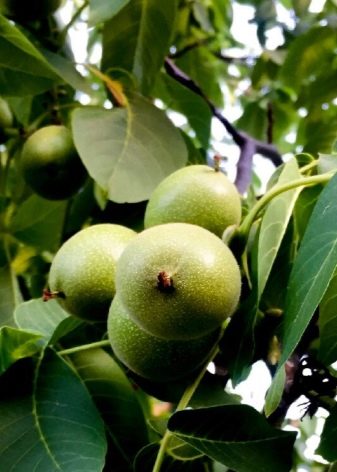
- subspecies "Pelan", which gives up to 25 kg and is recommended specifically for the Krasnodar Territory, the North Caucasus.


You can pay attention to the following varieties: "Aurora", "Giant", "Breeder", "Petrosyan's Favorite" and "Krasnodarets".
For the south of Russia and Ukraine
"Aurora" and the other varieties listed above are also suitable for this purpose. It is recommended to use varieties of Ukrainian selection: "Bukovinsky 1 and 2", "Carpathian" and "Pridnestrovsky", "Memory of Minov" from Belarus, as well as nuts from Moldova: Spectrum, Orion and Marionthat can be used as rootstocks.
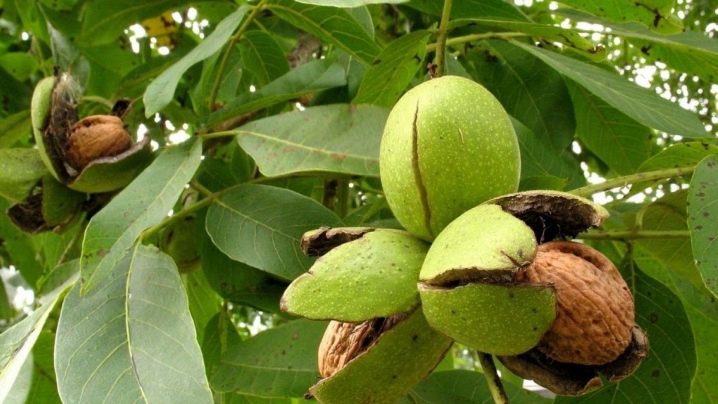
Everyone chooses a variety himself based on specific data (growing region, climatic conditions, etc.).









The comment was sent successfully.